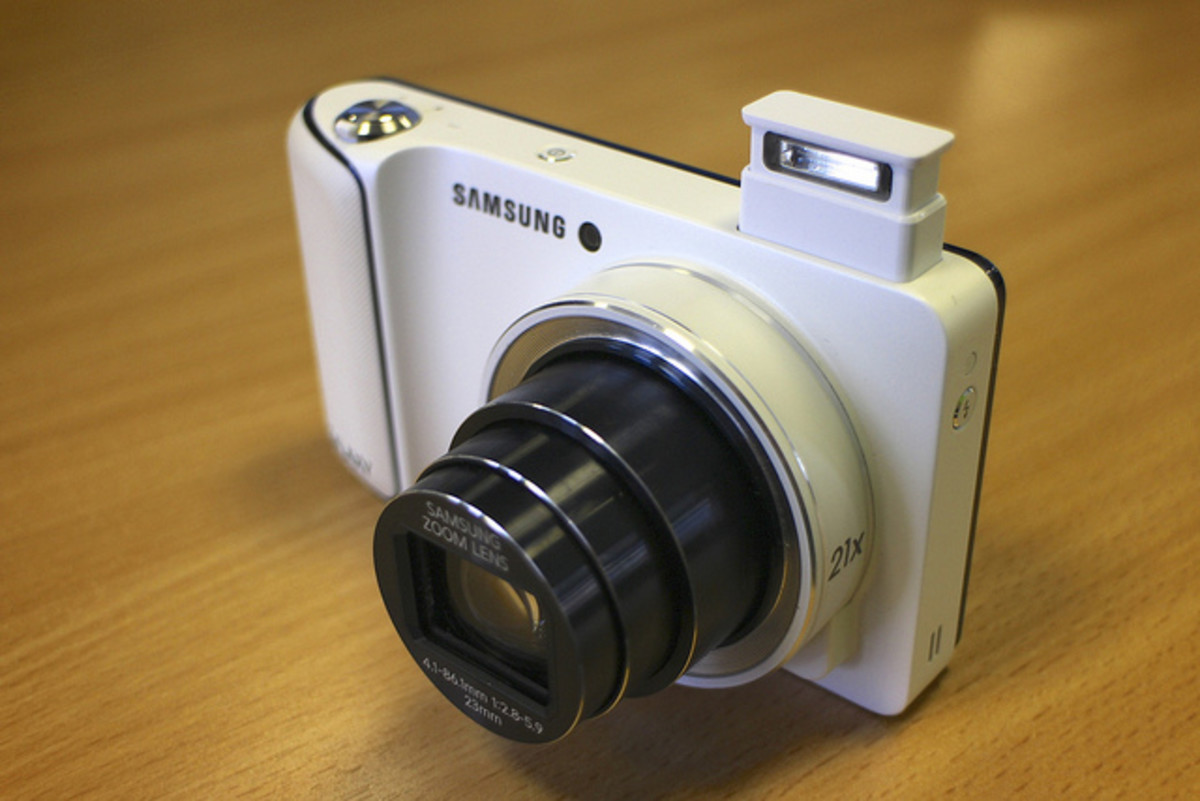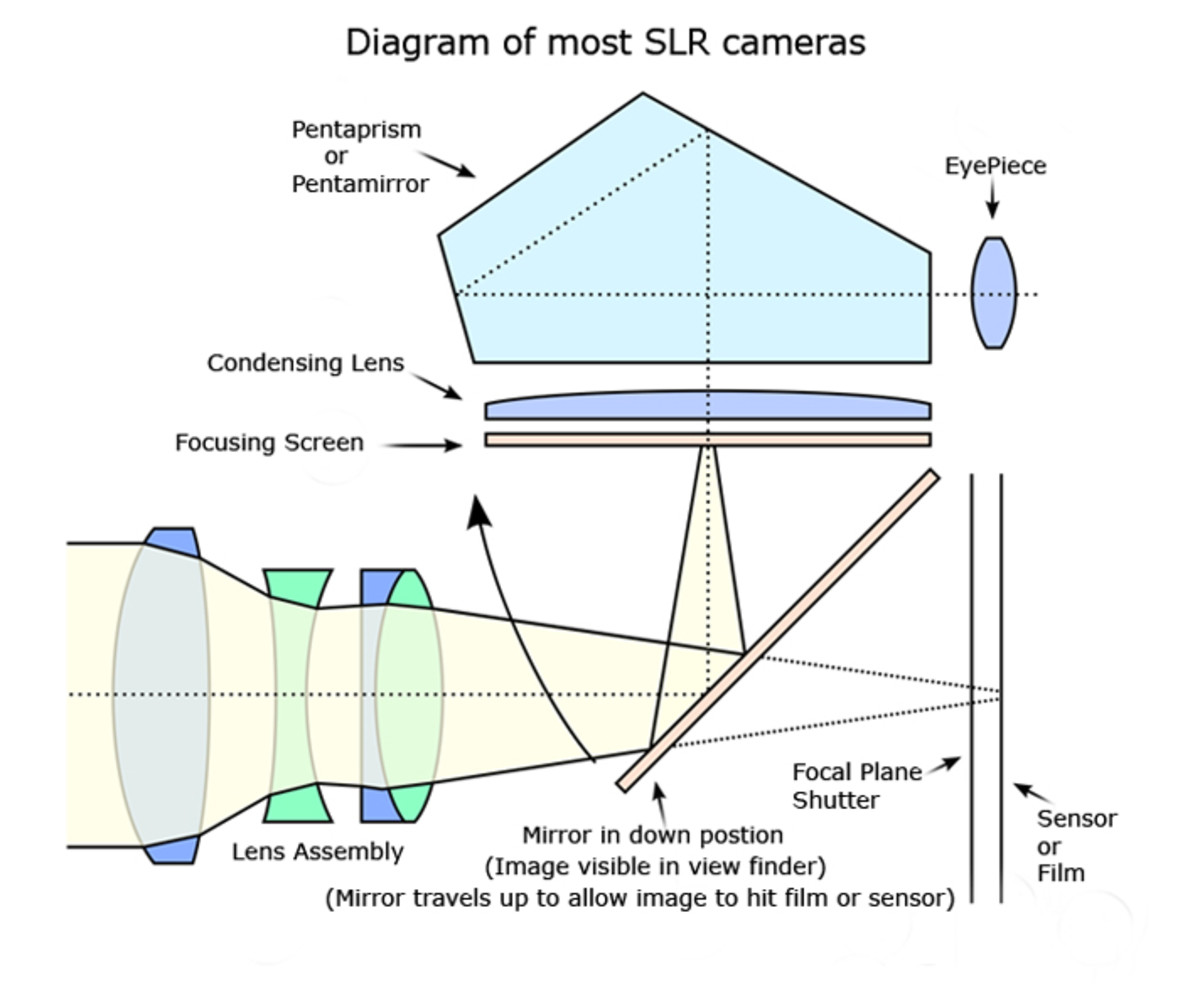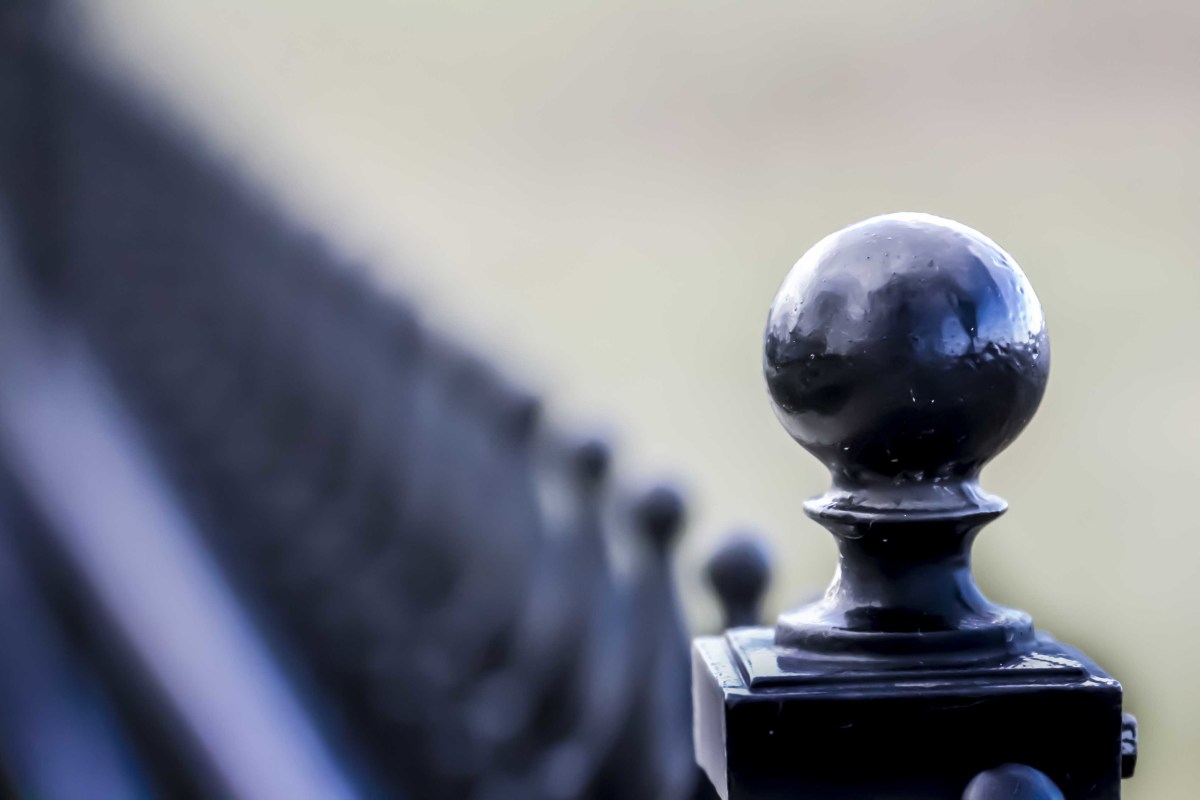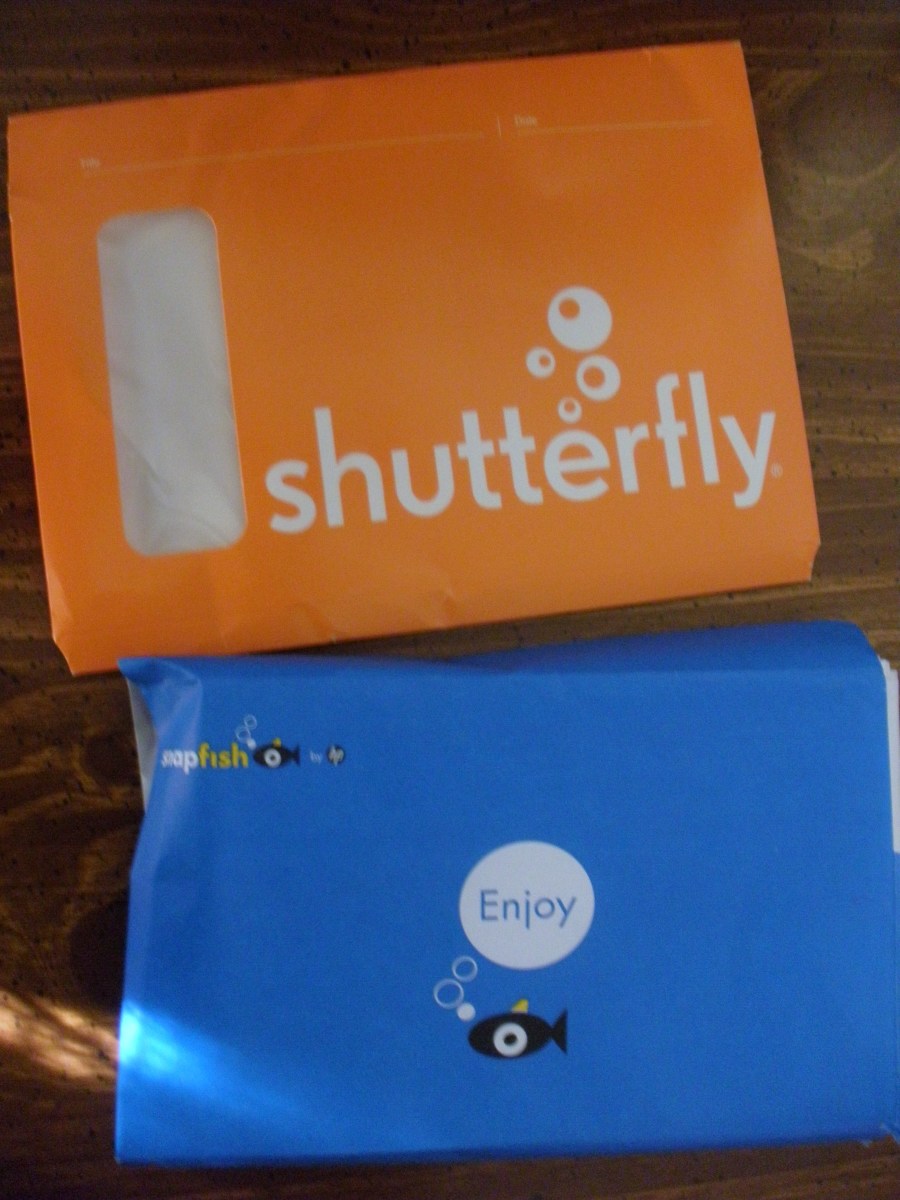Digital Sensors Crop Factors
Digital Sensors Crop Factors
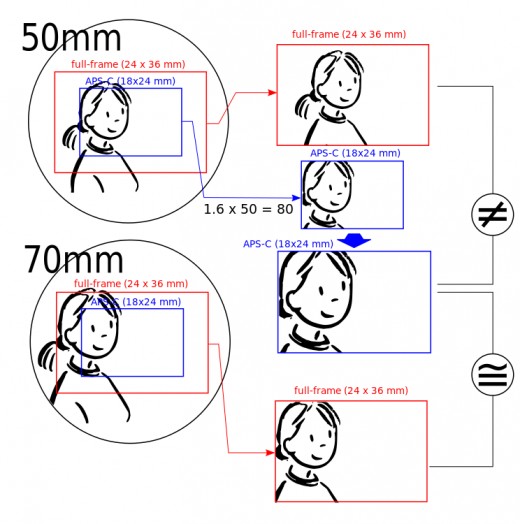
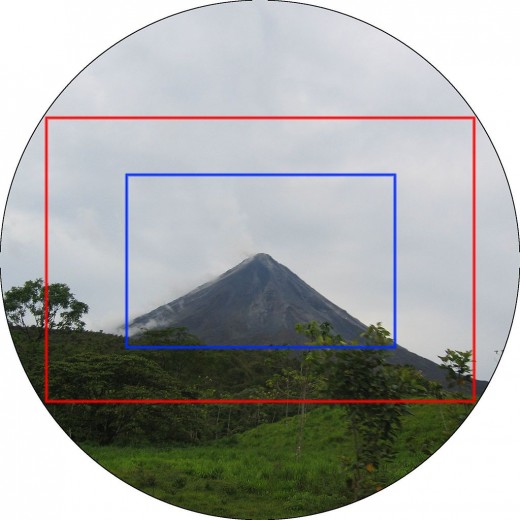
In digital photography, a crop factor is related to the ratio of the dimensions of a camera's imaging area compared to a reference format; most often, this term is applied to digital cameras, relative to 35 mm film format (also called fullframe) as a reference. In the case of digital cameras, the imaging device would be a digital sensor. The most commonly used definition of crop factor is the ratio of a 35 mm frame's diagonal (43.3 mm) to the diagonal of the image sensor in question; that is, CF=diag35mm / diagsensor. Given the same 3:2 aspect ratio as 35mm's 36mm x 24mm area, this is equivalent to the ratio of heights or ratio of widths; the ratio of sensor areas is the square of the crop factor. Wikipedia
Were you aware of how the size of the sensor is more important than the number of pixels?
The digital age is here to stay yet film photography is still alive and well as vibrant in many places and still preferred by many professionals, me included.
Most amateurs will probably fall for the marketing blitz by camera manufacturers expounding the benefits of megapixels.
"The more pixels the better" is the industry marketing standard but ask any professional photographer about if having more megapixels will really make a huge difference to substantiate spending huge sums of money when choosing what camera to buy.
Professionals will tell you time after time that it is not the number of megapixels that matters but the size of the sensor. The standard measure has been and remains that of a 35mm negative.
Film cameras do not suffer from "cropping" because the lens captures what it sees and this goes directly into a full frame 35mm size.
In digital models only those that carry a sensor capable of imitating this full frame effect have sensors that are labeled full frames.
Anything else means that whatever image you capture with your DSLR will be digitally cropped whether or not you want to. This is when it matters that you know the size and cropping factors of you DSLR so you can plan accordingly and be aware of it when composing your images.
In plain language; once you select and image and what of the image you want to be seen by your audience, you need to compose above the element you want included. Do not go by what you see through the lens. The sensor determines the final image size & cropping not the lens.
If you want to show a close up of a face, you need to photography the areas that fall outside of the face. When the image is automatically cropped then this space is eliminated and you get the close up.
If you get a close up without taking into account the cropping factor you will get an image that will have portions of the face missing.
When composing you should look at the middle of the scene and understand that depending on your sensor size, the image will be cropped as it goes away from the middle.
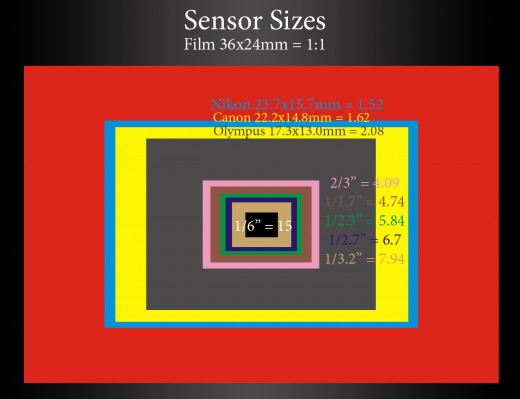
Even with a regular standard sensor like found in most DSLR, the sensors always keep whatever is on the center of the scene sharp.
This will always be so with everything else remaining the same.
As the image spreads the sharpness decreases thus digital sensors will "discard" the least sharpest portions.
This does not mean that you don't have to be concerned with how sharp your image will be.
It means that some portions will not be as sharp as those elements found in the center but your main point of focus which usually resides in the center will be.
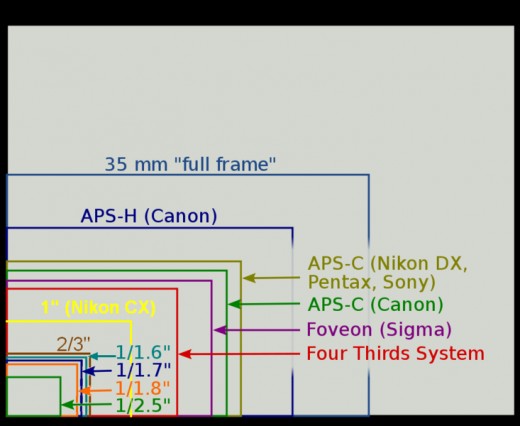
How do you assure yourself that what you want to capture is seen as you intend it to be?
When composing the shot always allow room outside the main point of focus.
You can still focus in close up but leaving room on all sides ensures that your main subject is not digitally cropped.
Most professionals use this technique for the same reason and to allow for the adding of text if their images are intended for a commercial purpose.
Leaving room is always a good idea since it gives you some freedom to edit the image and add text as the needs arises.
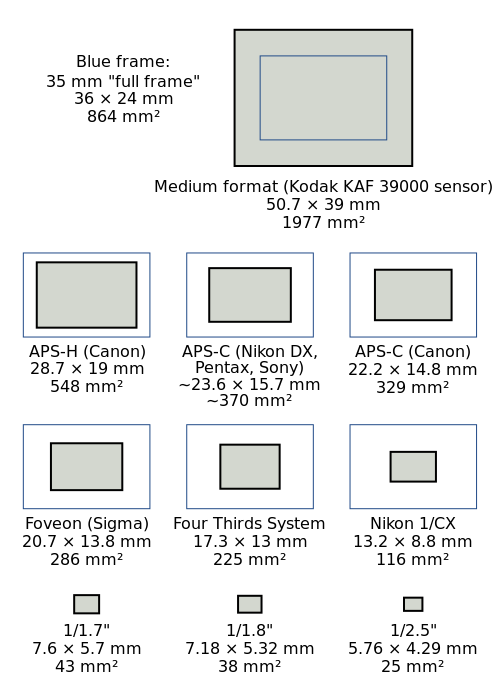
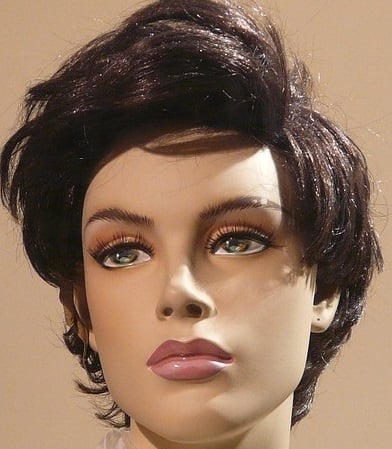
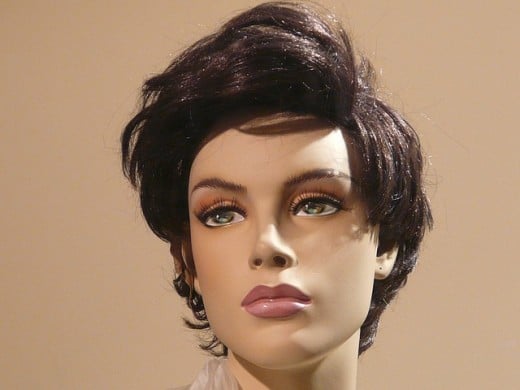
Very important to keep in mind is the size of the lens that you use and for what purposes/subjects.
The size and magnification of the lens plays a crucial role in how your image is cropped.
Longer lenses can accentuate the cropping effect while prime/shorter lenses capture a more natural looking scene.
When you want to enlarge an image unless you do full frame you will lose portions of it as it becomes larger.
Think of this when using zoom or telephoto lenses with a DSLR.
- Digital Camera Sensor Sizes: How it Influences Your Photography
This article aims to address the question: how does your digital camera's sensor size influence different types of photography? Your choice of sensor size is analogous to choosing between 35 mm, medium format and large format film cameras — with a fe
© 2014 Luis E Gonzalez




